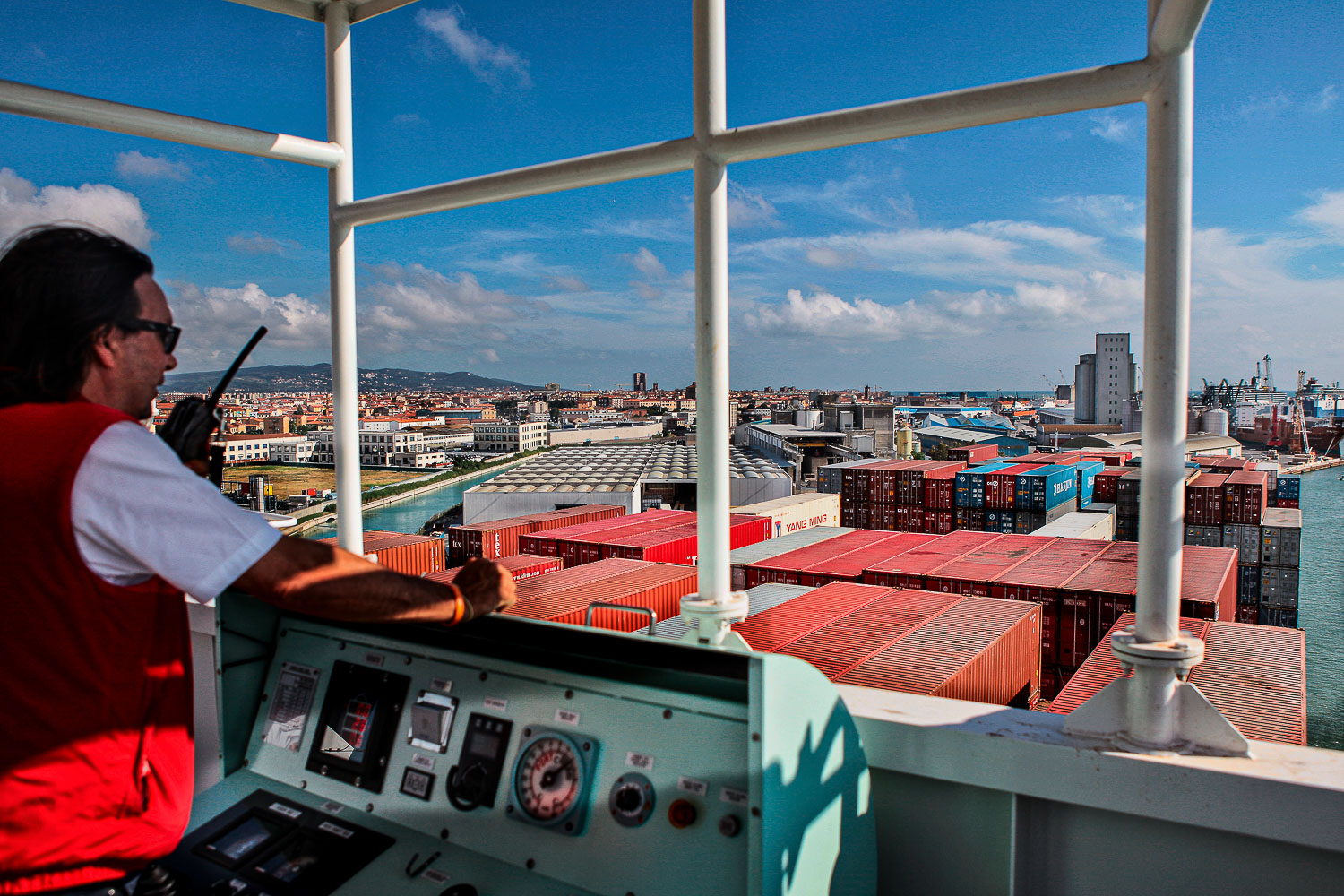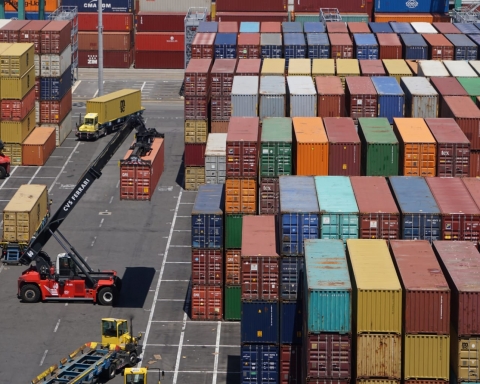There is something commendable about the resilience shown by big carriers throughout this crisis. Companies operating in the container sector have been able to weather the storm thanks to the decision to take increasing tonnage away from a market that until a few months ago risked suffocating due to overcapacity.
The temporary idling of a more or less large number of vessels (Sea-Intelligence claims that in 5 months over 4 million TEUs have been left ashore) has certainly benefited the pockets of many operators, who have thus avoided having cargo units sailing with load factors far below expectations.
That is why the much-debated problem of overcapacity now presents itself in all its severity. For the market analysis company BIMCO, the economic tensions in the sector raise questions about naval gigantism’s viability and its time-frame.
What worries the experts is the increasingly evident gap between the performance promised by the giants of the sea and what is effectively achieved. In fact, in the last three years the fleet capacity has grown by 75% against a real growth in market volumes of just 46%.
Over the last decade, the volume of containerized goods has increased at an ever-lower rate: from 13.7% in 2010 to 1.8% in 2019. In the 2010-2020 period, in short, the fundamental balance in the shipping market has deteriorated, giving markets an uncertain and in some cases challenging outlook.
“With demand set to fall this year, while the fleet continues to grow,” notes BIMCO’s Chief Shipping Analyst Peter Sand, concerned. “2020 will prove a painful year for carriers, even if freight rates are held up by record high container ship idling.”
The biggest challenge is represented by the number as well as by the continuous evolution in terms of size of the ultra large containerships currently employed along the main routes: the delivery of over 30 ULCS per year since the second half of the decade has ended up weighing on the growth expectations of the sector, progressively eroding the operating profit margins of many operators.
Yet orders for new tonnage will continue to respond more to the criterion of maximum achievable economies of scale than to the real trend in market dynamics and therefore the actual cargo capacity required.
As a result, there will be no reversal in this trend in the near future: shipowners will continue to rely on mega ships to rationalize costs and transport units at increasingly lower rates. The bet to develop new tonnage regardless of the market trend seems rather risky: Covid has shown all the fragility of the global economy and, besides, mammoths already became extinct once before due to poor adaptability to the environment …
Translation by Giles Foster




